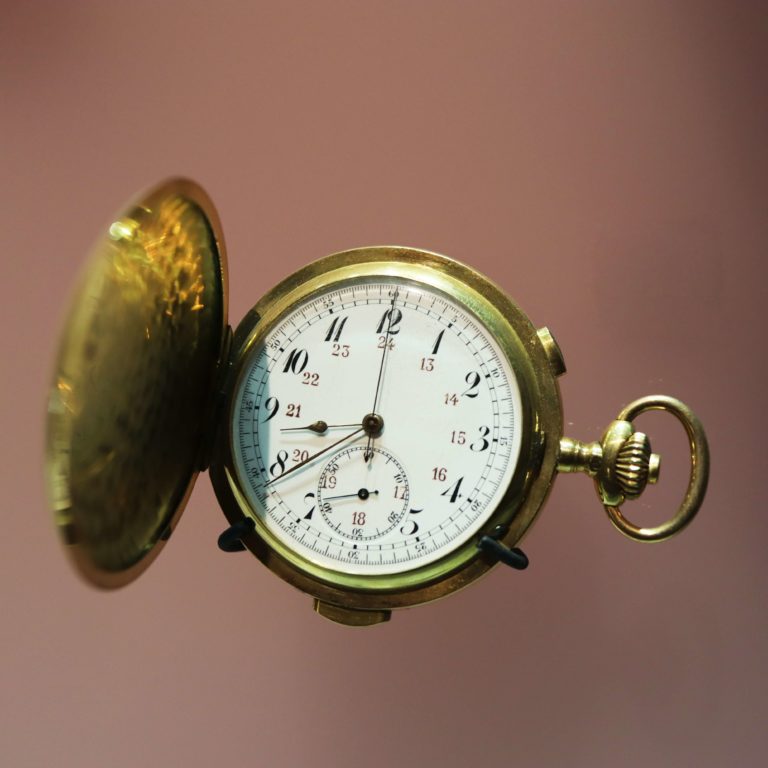What is a Plotter?
Most written pieces have some sort of structure and order. Where writers and authors intentionally arrange their stories to effectively get their message across. This goes for fiction and nonfiction works. When I think about story structure story archetypes always come to mind. I’ve already covered story archetypes: archetypes being a recurring sort of development or story flow. So you’ll have to read that blog post to get everything on it
But I’ll give you a little bit here so that I can make my point; A common story archetype is rags to riches. Where the protagonist starts with a poor or unfavorable life. Then by the end of a story, the protagonist will end up in riches: with more than what they had, and in a much better position than where they started. A classic example of this is Cinderella. In this story, Cinderella starts as a mistreated servant to her stepmother and then ends up a princess in a palace.
These story archetypes and arcs are what help to structure a story. Making sure that the plot delivers the theme/message (s) very well. Kind of like matching a plot with the arc that works best with it. These archetypes also help to appeal to different audiences. They place certain events at certain points in time within a story and more. But story archetypes don’t work alone in structuring.
Story arcs paired with outlining, basic story elements, and adjustments from the writer/editor, make a nicely structured story.
Story arcs can be a big part of shaping the outline/structure. Working with the outline to help get all those story ideas organized.
So to put all that clearly together a basic story needs at least
- A structure: A really basic story structure that I can use as the example is the three act structure. In the most simplest sense, this includes an exposition, a climax, and resolution.
- Essential story elements: a beginning, middle, end, characters, a problem, a solution, a setting, and a plot. That takes place within the story’s structure
- Further adjusting and arranging
Once the basics are down, then a story arc is chosen, and maybe an outline or general gist ( if you’re a panster ), the writing begins. And as more writing happens more structuring happens along the way. As I figure out where I want lines, moments, saying scenes, or events to go. A little bit of “Should I put this here” or “Oo I’ll reveal that later”.
In Class
Sometimes when considering a story I analyze it according to its structure and story arc; In an English class I am currently taking, while analyzing fiction works I have commented on fiction works, based on their story arc and structure. I’ve also asked a question about story arc and structure (maybe more than one I can’t really remember). And my professor mentioned/responded that I should not be so loyal to (classic/basic) story structure when considering and writing a (fiction) piece. Of course, I am paraphrasing her statements according to what I understood and grasped.
But her comment(s) got me thinking. Am I missing out on these stories because I am heavily looking for their exposition, climax, and resolution? This class primarily focuses on fiction works, and we’ve read excerpts of fiction works. And during my analysis and class discussion, how the author or writer does what they do is a focal point. And how an author structures their works definitely contributes to how they wrote their piece the way they did.
Long story short I realized that I was missing out on the composition and beauty of those pieces because I was comparing their structuring to the basic story structure, of exposition, climax, and resolution. Especially for an excerpt; Considering works (especially excerpts) this way is like looking at the structure of molecules: a structure within a structure.
Story structure is important but I may have misunderstood what glue holds everything in a story together.
It wasn’t that these stories did not include that sort of structure with an exposition, climax, and resolution. But they all weren’t structured the same. And didn’t feature them the same way.
So I Gather…
I’m beginning to learn that story structure can be very simple and very complex. Story structure can be between pages or between paragraphs. And while deliberate structure from line to line or word to word is most usually seen within poems, fiction pieces can also feature this sort of structuring. Nonfiction pieces too. How meticulous structure is within a fiction piece depends on the single piece, the kind of piece, and the writer/author. But I know one thing for sure, it isn’t right or accurate for me to assume that each fiction work applies the same cookie-cutter- sort of formula for structure. Especially not an excerpt of a piece.
Now after all of that said maybe you’re thinking, I’ve overcomplicated the concept or maybe that structure isn’t that serious. But if I’m on the road to being a non-stagnant and awesome writer. These concepts are ideal for me to simmer over. If I assume that structure within most fiction works is cookie-cutter, then my works too will be cookie-cutter and very very average.
Every piece isn’t structured the same or formatted the same even if they carry the same theme or story archetype.
What Does Structure Mean for Stories?
Structuring a story can include very thorough/meticulous organizing and outlining. It can also be the use of a story archetype to best deliver your message. Or formulating your sentences and paragraphs so that your ideas flow smoothly. They can be all of these things, just one of these things and more. Applying structure to a story definitely doesn’t require one cookie-cutter formula. There are different and many ways to structure fiction masterpieces. Structuring can also be completely minimal. Though all sorts of structuring do aim to
- Make your story cohesive
- Allow your message and themes to be clear or be delivered sensibly
- Help everything be relevant to the plot
- Help each character have a proper place in the story
- Accomplish your goal(s) for the story
- Prevent inconsistencies or repetitive moments
- Prevent plot holes
- etc…..
Do Stories and Books Need Structure?
So because of how structure varies from piece to piece, this question was unavoidable: Is story structure even necessary? Like what if I just write and the story comes out good. Can’t my creative pieces and story just flow?
Short answer: Stories need structure.
While structure can be taken from many approaches, it is necessary. A short story is at least 5,000 words. So 10 pages single spaced or 20 pages double spaced. 10 pages or so of nonsense is not going to cut it for me. And a manuscript for a novel is much much longer.
For stories that size it is easy to produce crap: work that is immature without proper structure or any direction. Without structure, a story can be easily confusing, have missing information, have flat or boring characters, can be very very cliche, or include terrible/pointless sections, etc.
And while this post places a lot of emphasis on how structure helps a story. It isn’t the only thing that makes a good story or book.
Knowing How And When To Apply Structure
I’m not going to come up with precise steps on how to apply structure to my pieces. But generally speaking, when considering structure I want to think about how best to portray my message/theme.
Before writing a story, starting off with a story arc can be a great place for me to get my story aligned. Having an idea for a plot, problem solution, and maybe characters can come next. I can then use an outline to organize some story ideas and guide my story to completion. I can also consider what adjustments I can make so that my story’s plot is clear and cohesive.
But I don’t have to apply structure right away. Neither do you. When you apply structure…
Depends on the stage you are in your writing
Maybe you’re a panster and have already completed the first draft of your piece: It can be after this you apply structure and refine your work. Story structure can be applied in the middle of writing. Depending on your writing process apply structure so that it improves your piece and does not disturb your flow of ideas.
Depends on the piece and its purpose
I have found that structuring my works prior to writing them helps. I actually outline these very blog posts. When I first started writing blog posts it took me forever to figure out what I wanted to write. Then took me longer to finish a single blog post.
But since I started planning and structuring my content and blog posts. Writing blog posts and coming up with ideas for them have been much easier. If I currently post late or inconsistently it is most likely not because I don’t know what to write.
With this little example, I’ve found it necessary to outline my blog posts for better work. Because my blog posts specifically needed outlining. But when I’m writing letters, emails, freewriting, or writing based on writing prompts that don’t require extensive work, I don’t apply any structure. I am able to do those kinds of writing without outlines.
In the same way, based on how you feel about approaching a particular piece, you can choose to apply structure where you feel it’s best to. Every writing piece doesn’t exercise your writing skills the same way and may require different sorts or amounts of structuring.
Depends on you, the writer
And ultimately when you apply structure to your piece depends on you. Whether it is with an outline, a story arc, sentence structure, etc. Every writer is different and whatever brings out your best and most effective writing is the way to go.
Knowing your strengths and weaknesses as a writer may also help you apply structure properly; I will be applying structure for works because while my writing preferences are important, considering whether these preference helps to accomplish writing goals is even more important ( I think ). The whole aim is to be a better writer and be the writer and author I know I can be.
And part of that means that I will have to face facts. Like the fact that I have yet to complete a short story or full story. Finding out what is holding me back is key to my progression right now. Hence me finding out about outlining fiction works, then this post. More posts around this topic will probably come the closer I get to my manuscript deadline.
Using All of This to Outline and Prepare for Completing My Manuscript
I do have to complete a manuscript for my English class, Workshop in Fiction, by the end of the semester. But I’m not sure whether I’ll do a whole post on this one yet or how many posts. This manuscript would be my very first manuscript. So hopefully I can complete it and it be good. This is a great assignment because it helps me add concrete work to my writing portfolio. But it also forces me to face the fact that I have to finish it.
With the goal of finishing my pieces and then having to complete this manuscript I again have the opportunity to see where I have been stagnant and apply whatever is needed so that I can reach my writing goals. So, for sure, I am going to apply outlining to my process of structuring. Among other things outlining for me is an obvious way for me to work my way to the end of any writing work. Because I use them for blog posts, I know that they do help me cross the finish line. Especially if I’ve been away from a work, with an outline I’d more easily know what to get back to.
But as I am learning more and more about structuring and outlining, I am not sure whether I’ll use an outline method of my own design or some other outline/structuring methods. Either way, this manuscript is getting done. Among the many things, I am doing finishing this manuscript is toward the top of my list.
And with this manuscript, my class, and other endeavors (writing-related) I am learning more and more about how to be a better writer. And for right now that’s getting my writing in order.
Until my next words (on here that is)
Christa









[…] Is Story Structure Necessary? […]